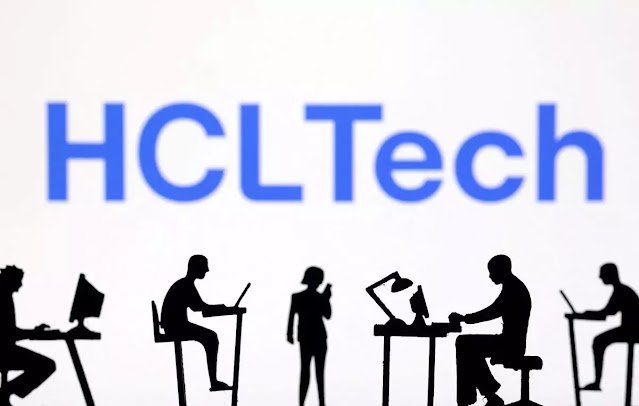Misunderstandings about AI persist among the general audience despite its increasing integration into everyday life. One common misconception is that AI possesses human-like consciousness and emotions. Many people anthropomorphize AI, attributing intentions and feelings to machines that are simply executing programmed tasks without any awareness or subjective experience. Another prevalent misunderstanding is the belief that AI will inevitably surpass human intelligence and autonomy, leading to dystopian scenarios depicted in science fiction. While AI has made significant advancements in certain domains, such as pattern recognition and decision-making, it still lacks the holistic understanding, creativity, and adaptability inherent in human cognition
1.AI is Useless for Humans:
This misconception overlooks AI’s profound impact on daily life and various industries, from enhancing personalized recommendations to advancing healthcare diagnostics and treatment. In entertainment, AI algorithms recommend personalized content to users, enhancing their experience. Moreover, in transportation, AI plays a crucial role in autonomous vehicles, optimizing routes, and reducing traffic congestion. Thus, it's clear that AI is far from useless for humans; instead, it's reshaping industries and improving our lives in numerous ways.
2.AI is Dangerous for Humans:
While AI can pose risks if not developed and used responsibly, the key is to implement ethical guidelines and safety protocols to ensure AI systems are beneficial and secure. Furthermore, the rapid development of AI without proper regulations and oversight could lead to unintended consequences and unpredictable behaviors. Thus, while AI has the potential to revolutionize many aspects of our lives, it is crucial to approach its development and deployment with caution, ensuring that it is used responsibly and ethically to benefit humanity as a whole.
3.AI Steals Jobs:
AI does change the nature of work by automating routine tasks, but it also creates new opportunities and roles that require human ingenuity and oversight, thus shifting the job landscape rather than diminishing it. While AI can create new job opportunities in fields like data science, machine learning, and AI development, the transition period can be disruptive and may exacerbate economic inequalities. Moreover, the rapid advancement of AI technology could lead to a widening skills gap, as the demand for high-skilled workers capable of working alongside AI systems increases, while low-skilled jobs become increasingly automated. Therefore, policymakers, businesses, and educational institutions need to collaborate on strategies to reskill and upskill the workforce, ensuring that workers are prepared for the jobs of the future and that the benefits of AI are shared equitably across society.
4.AI can solve any problem:
The advancements in AI today have led many to believe that AI is something superhuman or magical – it can solve any problem. However, AI can only achieve logically as much as humans train it to. Machines cannot think beyond what they are taught to do. They cannot adapt to changing circumstances because they lack the reasoning, emotional intelligence, and creativity that humans possess. While AI has made significant advancements and has the potential to address many complex problems, it is not a panacea that can solve any problem. AI excels in tasks that involve processing large amounts of data, pattern recognition, and optimization, enabling it to make predictions, automate processes, and assist in decision-making across various domains. In healthcare, AI algorithms can analyze medical images, predict patient outcomes, and assist in drug discovery, contributing to more accurate diagnoses and personalized treatment plans. In environmental science, AI can analyze climate data, predict environmental changes, and optimize resource management to mitigate the impact of climate change
5.AI and Machine Learning Are Same:
It is a common misconception that AI and Machine Learning are the same. Artificial Intelligence solves a task usually requiring human intelligence. On the other hand, Machine Learning solves a specific AI task by learning from data and using algorithms. Hence, Machine Learning is a subset of Artificial Intelligence. In finance, AI and machine learning algorithms are used for fraud detection, algorithmic trading, and credit scoring, improving accuracy and efficiency. Additionally, in transportation, AI enables the development of autonomous vehicles by processing sensor data and making real-time decisions to navigate safely and efficiently. In the realm of entertainment, recommendation systems powered by AI algorithms personalize content for users, enhancing their experience by suggesting movies, music, or articles tailored to their preferences. Moreover, AI and machine learning are driving innovations in natural language processing, computer vision, and robotics, expanding the possibilities for automation and intelligent decision-making across various sectors.
Conclusion:
As AI continues to evolve and integrate into society, dispelling common misunderstandings is crucial. AI is a powerful tool with significant potential, but it’s not a panacea, nor does it possess human-like qualities.
Understanding AI’s capabilities and limitations empowers us to harness its benefits while addressing its challenges responsibly. In this dynamic AI landscape, knowledge is the key to informed decision-making and ethical AI development.
COMPILED BY: NEERAJ KHATRI





Comments
Post a Comment